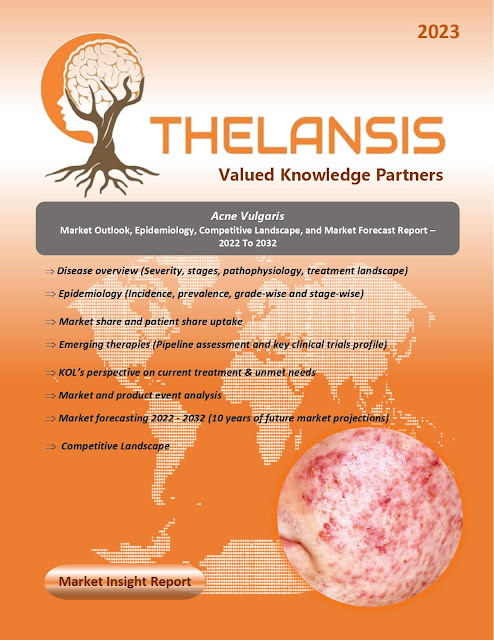Anaplastic Oligoastrocytoma – Market Outlook, Epidemiology, Competitive Landscape, and Market Forecast Report – 2021 To 2032
Anaplastic oligoastrocytoma is a type of brain tumour that forms when two types of glial cells, called oligodendrocytes and astrocytes, rapidly increase in number to create a mass in the cerebrum. It is classified as a WHO Grade-III tumour and is the third most common primary brain tumour, comprising about 5-10% of all gliomas. Some anaplastic oligoastrocytomas may contain aggressive glioblastoma cells, which are grade IV. The tumour is considered anaplastic when it grows quickly, and the cancer cells have the potential to spread to surrounding brain tissue or other parts of the body. The cause of this condition is unknown, and it is typically diagnosed in adults between 30 and 50. Anaplastic oligoastrocytoma may present seizures but is more likely to present with acute to subacute onset of neurologic symptoms such as headache, focal weakness, vision changes, or congestive deficits due to mass effect from the tumor.
·
Anaplastic oligodendrogliomas are extremely
rare in the USA, with incidences of 0.17/100 000.
Thelansis’s “Anaplastic
Oligoastrocytoma Market Outlook, Epidemiology, Competitive
Landscape, and Market Forecast Report – 2021 To 2032" covers disease
overview, epidemiology, drug utilization, prescription share analysis,
competitive landscape, clinical practice, regulatory landscape, patient share,
market uptake, market forecast, and key market insights under the potential Anaplastic
Oligoastrocytoma treatment modalities options for eight major markets (USA,
Germany, France, Italy, Spain, UK, Japan, and China).
KOLs insights
of Anaplastic Oligoastrocytoma across 8 MM market from the centre of
Excellence/ Public/ Private hospitals participated in the study. Insights
around current treatment landscape, epidemiology, clinical characteristics,
future treatment paradigm, and Unmet needs.
Anaplastic Oligoastrocytoma Market Forecast Patient
Based Forecast Model (MS. Excel Based Automated Dashboard), which Data Inputs
with sourcing, Market Event, and Product Event, Country specific Forecast
Model, Market uptake and patient share uptake, Attribute Analysis, Analog
Analysis, Disease burden, and pricing scenario, Summary, and Insights.
Thelansis Competitive Intelligence (CI) practice
has been established based on a deep understanding of the pharma/biotech
business environment to provide an optimized support system to all levels of
the decision-making process. It enables business leaders in forward-thinking
and proactive decision-making. Thelansis supports scientific and commercial
teams in seamless CI support by creating an AI/ ML-based technology-driven
platform that manages the data flow from primary and secondary sources.




Comments
Post a Comment